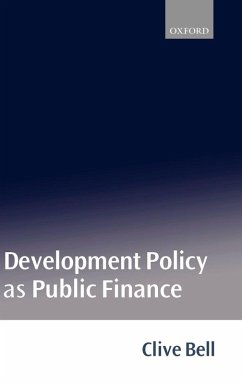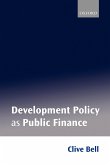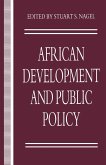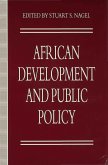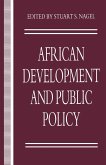With unrestricted lump-sum transfers ruled out in practice, the design of policy is inherently concerned with considerations of the second-best. This awkward fact besets the analysis of interventions in all areas of economic activity, from international trade to small-scale finance. Debates over whether and how to promote particular sectors or activities at the expense of others, when viewed from this perspective, draw attention away from the humdrum, but decidedly more important goal of raising revenue efficiently and with due regard for equity.
This is a graduate text on the use of public economics in formulating development policy. How to raise and spend revenues in order to promote development in practice involves second-best considerations, which the analysis of the role of international trade, liberalization, and other economic reforms must take into account. Particular emphasis is placed on social cost-benefit analysis as a means to discipline public expenditure decisions. Summaries and exercises are included.
This is a graduate text on the use of public economics in formulating development policy. How to raise and spend revenues in order to promote development in practice involves second-best considerations, which the analysis of the role of international trade, liberalization, and other economic reforms must take into account. Particular emphasis is placed on social cost-benefit analysis as a means to discipline public expenditure decisions. Summaries and exercises are included.

